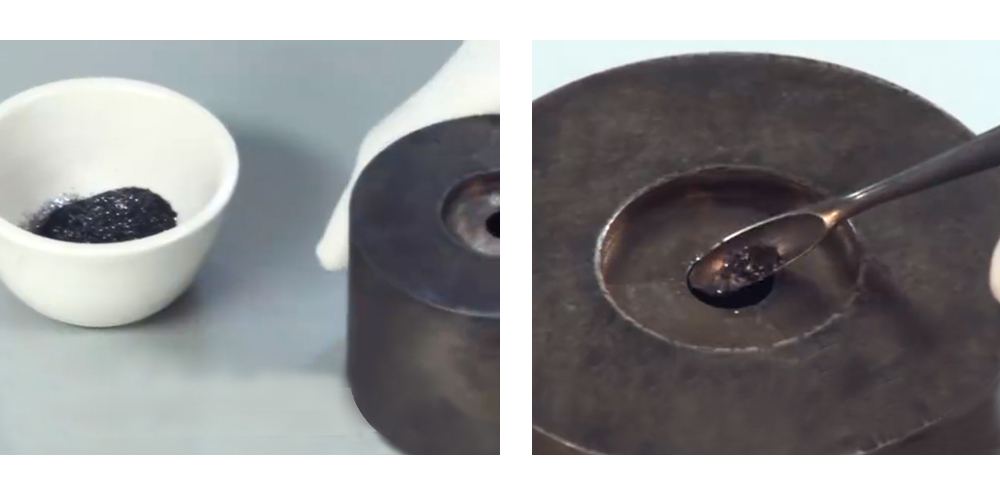Many people ask how to distinguish between diamonds, cultivated diamonds, and moissanite. Before solving this problem, let's first understand what diamond is, what cultivated diamond(lab diamond) is, and what moissanite is?
1. What is a natural diamond?
Diamonds, also called natural diamonds, are made of carbon and formed over billions of years in the high-temperature and high-pressure environment inside the earth.

Then brought it to the surface from the earth's interior through volcanic eruptions.

2. What is moissanite ?
Moissanite is the focus of our talk because LERINGS made ring products are all moissanite as the center diamond.
Moissanite's main ingredient is silicon carbide. Its natural form remains very rare, only found in meteorites. Now we used moissanite created in a lab. Due to its hard, optical properties and lower price, moissanite is considered a good diamond alternative. The fire sparkle and brilliance are excellent.


3. What is lab diamonds?
Lab-grown diamonds are grown when people put carbon in an environment that simulates the formation of diamonds in nature. The difference between cultivated diamonds and natural diamonds is that one is ice formed in the refrigerator, and the other is ice created in nature. The physical and chemical properties are the same, but the formation method is different. We can't tell them apart with the naked eye, and only a laboratory can 100% distinguish between natural diamonds and lab-grown diamonds.

What is the yardstick between the three?
One of the criteria we measure for natural diamonds is a diamond's 4C (color clarity cut weight) and its fluorescent milk coffee green and certificate, etc. After several years of development, the measurement standard of cultivated diamonds is also unified with the 4C standard of natural diamonds.
Moissanite is generally graded for color as Near-Colorless(G-H-I) to Colorless(D-E-F) based on GIA's Diamond Color Grading Scale. Even though labeled colorless, grayish, green, or light yellow hues are seen in certain light conditions. Color is easier to see in larger vs. smaller stones. The color of the moissanite is one of the critical factors on how moissanite is priced in the marketplace. Colorless graded moissanite demands a premium over near-colorless moissanite.
We usually use moissanite in 4D grade since the color is close to natural diamond.
Now, are you clear about what are the three products?
Contact: Lee
Phone: 008615812571762
E-mail: le@lerings.com
Whatsapp:008615812571762
Add: 3F,#4 ShangXing Road, XingAn ChangAn Town, DongGuan,China
We chat